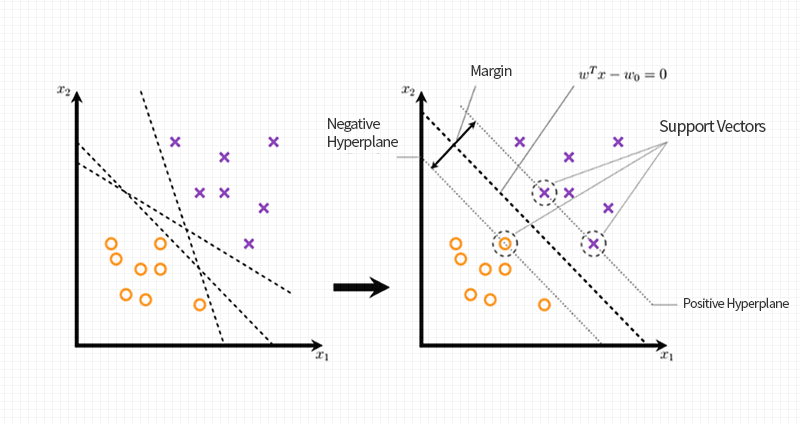


Document Review to Save Time and Cost

This is a technology used for document review leveraging AI.
Based on a Human Reviewer’s document review results, AI learns
to determine relevance Yes/No, and organizes the documents
determined to have higher relevance to be prioritized for review.
-

Real-time AI Analytics
-

Accessible to Various Project
-
01Categorization and Review
of Human Reviewer’s DocumentsOut of the immense number of documents,
reviews documents determined to have higher
relevance and categorizes the other
documents to narrow the search.
-
02Real-time Learning by AI of
Human Reviewer’s Review ResultsBased on the insight of experts
received as input, AI conducts analysis
and separation of the remaining data.
-
03Fast and Accurate
AccessThrough real-time learning, AI analyzes
which materials are needed by the Human
Reviewers and prioritizes them according
to relevance.


Implementing TAR?
Active Learning is a unique part of machine learning. It communicates with the Human Reviewer who provides input for the AI to learn, and proactively drives towards the point of decision-making. It mitigates uncertainties of the outcome and increases the accuracy of matters that are relevant. As a result, the outcome is delivered with speed and accuracy.
By leveraging Active Learning, documents can be analyzed in real-time,
and Human Reviewers can receive support on prioritizing documents of higher relevance for review.





This is a type of machine learning technique using Binary Classification to determine the range of a specific data set.
After learning the patterns between the data sets during training, decision-making is executed based on the support vectors of the two groups.
When there are ambiguous boundaries, the system takes a proactive approach to make a determination.

-
 Machine Learning
Machine Learning -
 Pattern Recognition
Pattern Recognition -
 Determination of Ambiguos Boundaries
Determination of Ambiguos Boundaries -
 Effective Learning Capability
Effective Learning Capability